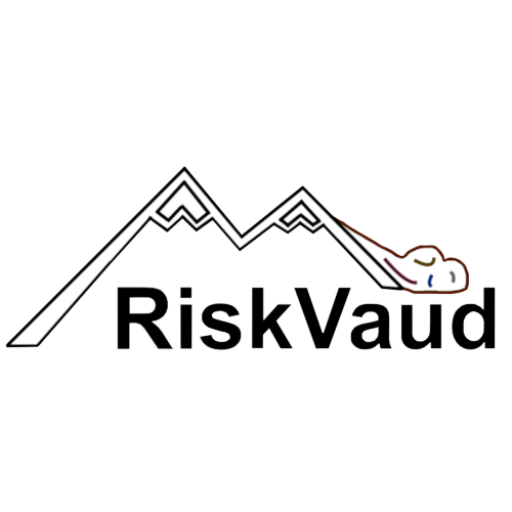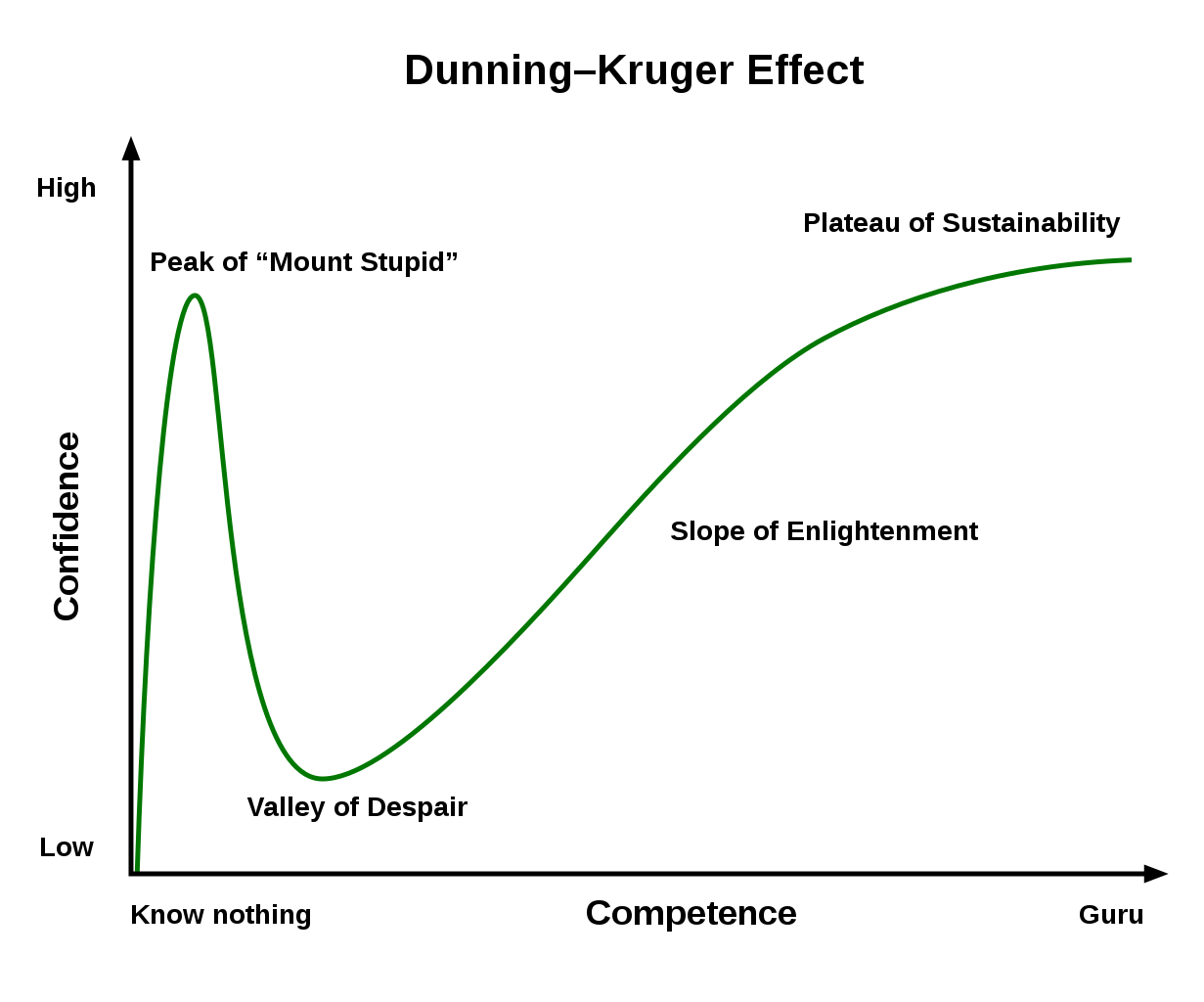Interviews
Are natural hazards underestimated?
In the management of environmental risks, communication with the population is an essential point. But this mission is not easy, the competent authorities must communicate to a very heterogeneous population whose information vectors differ greatly. We went to meet young adults to know if they consider themselves well informed about risks and natural hazards and what they think of the communication around this topic. We asked them about their level of knowledge about natural hazards on the planet and in their region and to name the different media in which they are informed. Finally, we asked them what they think about communication on environmental risks and what they think would be the best way(s) to reach the public they represent.
Joséphine Kramer
Student in environmental sciences at the University of Lausanne
Olivier Junod
Student in environmental sciences at the University of Lausanne
Dan Andersson
Student in environmental sciences at the University of Lausanne
Jérémy Keller
Student in environmental sciences at the University of Lausanne
Juliette Davide
Illustrator.
Marie-Louise
Naturopath
We would like to thank all the participants for sharing their opinions with us.
At the end of the meetings with the young people interviewed, it appears that they often feel unaware of the risks and natural hazards that can affect their region.
Despite the field of study of some of the participants, they often put forward the fact that they felt better informed about environmental hazards on a global scale rather than on a regional scale because the media tends to focus on news of events such as major earthquakes, hurricanes or forest fires.
Most of the participants said they were not aware of the measures to be taken during natural disasters because, according to them, their region is not considered to be at high risk of suffering such disasters.
As for the theme of information vectors, some participants said they were more sensitive to information coming from professionals and scientific risk specialists than from ordinary journalists. It often appears that the people interviewed are kept informed about natural hazards through their studies and television. The media most used by young people, such as social networks, were never mentioned by the participants.
As noted during the interviews, the predominant feeling in these videos about environmental hazards in the surrounding region is relatively poor compared to hazards that can be found around the world. This is partly due to the fact that we are spared from major environmental disasters in the Vaud region and more generally in Switzerland. Indeed, the last big disasters in Switzerland are the heat wave and drought of 2018 which caused 200 more deaths than a normal year (OFEV, La canicule et la sécheresse de l’été 2018) or the torrential rains of 2005 which caused landslides as well as floods. The latter incident is known to be the largest financial damage caused by a single event with a total cost of about CHF 3 billion. Compared to climatic hazards on a global scale, such as certain violent hurricanes or the 2014 tsunami that affected a dozen countries, including Indonesia, killing at least 225,000 people, Switzerland is doing well. Moreover, Switzerland, with its financial means, can protect itself from certain risks, as was the case during the last heat wave in 2018, when Swiss army helicopters brought in large quantities of water to meet the water needs of the mountain pastures in the canton of Vaud (letemps.ch “Malgré la sécheresse, cette eau qui tombe du ciel”). The fact that Switzerland is relatively spared from major extreme events, as well as its high financial means, which allow a feeling of confidence among the population in the face of potential disasters, means that non-specialist participants are generally less aware of environmental risks in our region. Sensitivity to large-scale climatic events on the front page of our newspapers may also explain this lack of knowledge about regional environmental risks compared to global risks.
In this type of exercise, it is important to consider the different cognitive biases that could influence participants’ responses. For example, a bias influencing confidence represented by the Dunning-Gruger effect shows that a non-specialist in a domain will tend to overestimate his or her knowledge in a domain and vice versa as presented in the graph below.
In an era troubled by the COVID-19 pandemic, the link between communication on natural hazards and public reception has shown a problematic whose stakes are crucial. With the large number of different media and variable sources depending on the media, it is often difficult for an untrained public to sort out the relevant information, the fake news or simply the mistakes that could be made in some articles. In this context, a popular mistrust is established concerning the word of specialists and scientists of natural risks. As soon as the trust that a public can have in the word of scientists is broken, misinformation can take an important place. This is why communication must be taken very seriously by environmental risk managers and scientists.
Another point worth noting from this series of interviews is the diversity of responses regarding the best way to inform oneself about environmental risks. This diversity of answers is not surprising given that the participants have different backgrounds, however, it has the merit of (re)questioning what are the best methods of communication to reach a large audience. Should we rely on a rather traditional source of information (newspapers, television) or give more visibility to less conventional media for this kind of information such as social networks. The question is open, however there is a good chance that the answer is somewhere in between.
This analysis does not pretend to be a scientific demonstration in the psychology of communication, but rather a key to understanding the issues raised by communication on environmental risks.

